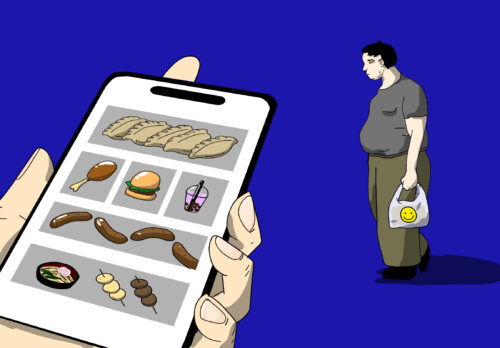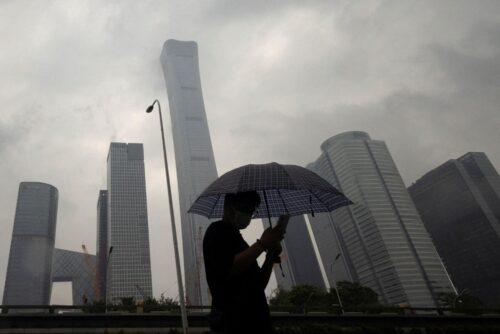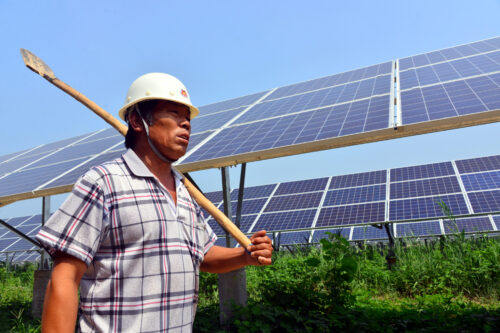Is China shifting from COVID zero to coexistence?
China is looking for new ways to deal with the virus. Some think it’s a move away from COVID zero. Others doubt a major change in the near future.

China is exploring new ways to loosen its COVID-zero policy, signaling to some that authorities are looking to reopen the country, which has been effectively closed off to travelers from abroad since the start of the pandemic, and had used strict mass lockdowns to control local coronavirus outbreaks.
“In the near future, at an appropriate time, there will be a Chinese-style roadmap for living with the virus,” Zēng Guāng 曾光, former chief scientist of China’s Center for Disease Control and Prevention (CCDC) and one of the experts behind the country’s initial COVID response, wrote on Weibo on Monday.
- The “success” of travel bubbles at the Beijing Winter Olympics has authorities considering similar conditions for sports competitions and conferences, CCDC researchers argued in a recent paper, per the Wall Street Journal.
- Though China has not approved the use of any foreign vaccines, it has spent over a year developing its own mRNA shots, which may help ease tight restrictions, per Reuters. China also cleared Pfizer’s COVID pill last month.
Authorities are closely monitoring Hong Kong as a “stress test scenario,” as the city’s fifth wave continues to spiral out of control despite its “dynamic zero” approach, per the Wall Street Journal.
- Hong Kong, which adopted China’s COVID strategy in hopes of opening up the border with the mainland, has nearly as many new COVID cases as the entire U.S. The city recorded a new daily record of 55,353 new infections in the Chinese territory on March 2, compared with 58,986 recorded in America yesterday.
China news, weekly.
Sign up for The China Project’s weekly newsletter, our free roundup of the most important China stories.
Despite the optimism, Beijing will likely proceed with caution. Some are wary that China’s current healthcare system, inoculation portfolio, and sparse rural medical resources will deter a shift away from COVID zero anytime soon.
- In 2020, China had 3.6 critical care beds per 100,000 people. In comparison, the United States had almost 30 beds per 100,000 people, according to a study from the Society of Critical Care Medicine.
- Although roughly 87% of China’s 1.4 billion people are fully vaccinated and nearly 40% are boosted with domestic non-mRNA shots, the efficacy of those vaccines against Omicron is unclear, as foreign mRNA shots like BioNTech or Pfizer have shown better protection, per Reuters.
- “Poor medical infrastructure in rural areas makes it harder to detect COVID cases at an early stage, and consequently leads to widespread outbreaks back to cities,” New York–based bank Jefferies said on the matter. With 36% of China’s population living in rural areas, “a closed border is the most straightforward solution to prevent a breakdown of the health system.”




